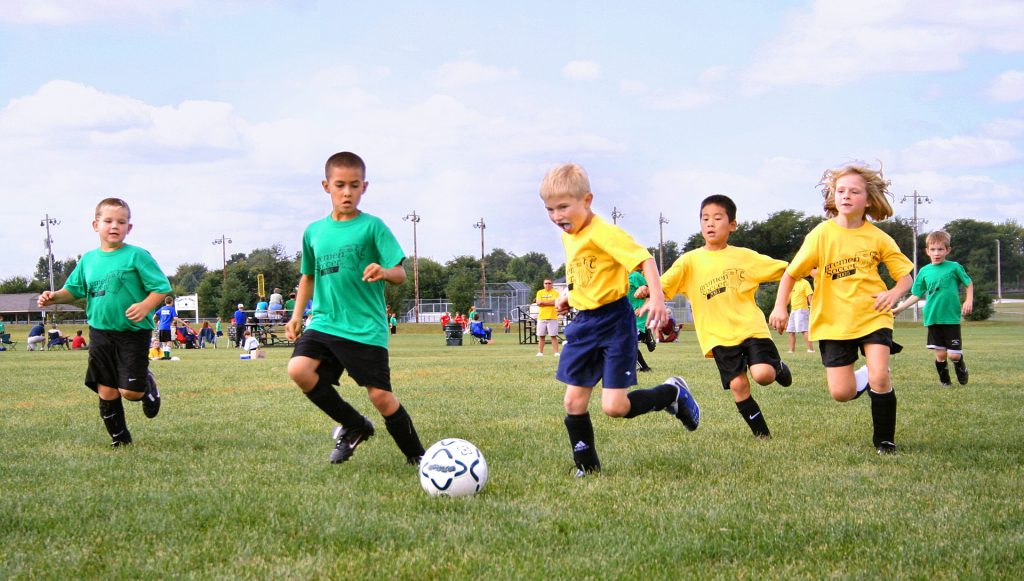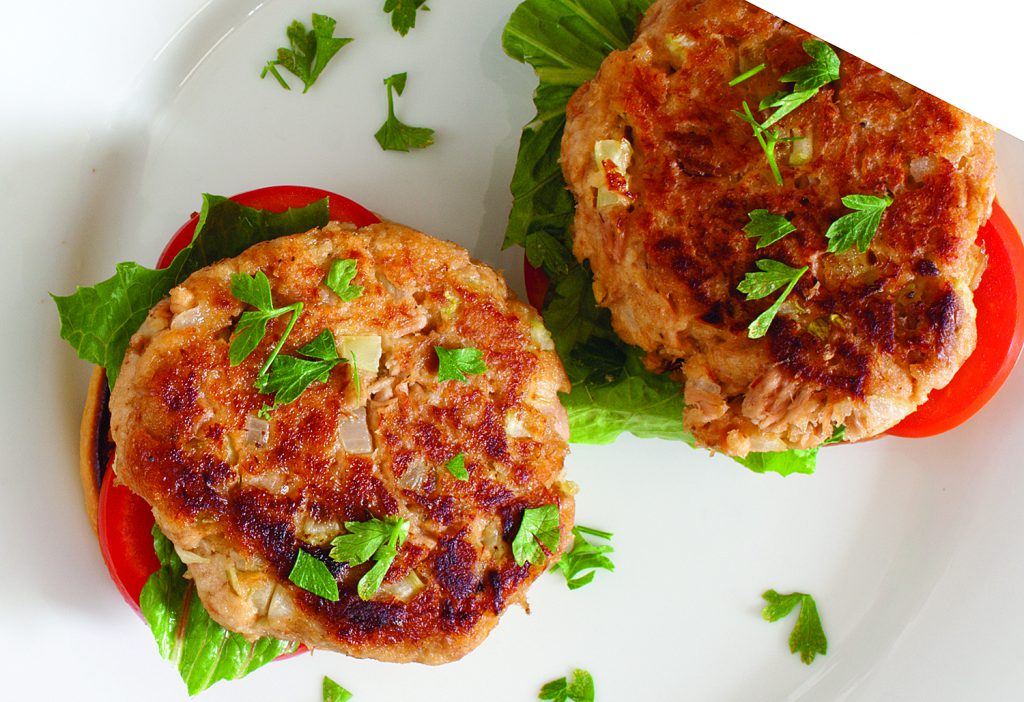Farmers Market Week!
Farmers Markets provide a casual atmosphere to meet farmers, ask them questions about their products, and purchase fresh fruits and vegetables. Fresh, canned, and frozen produce can all be great choices when it comes to eating more fruits and vegetables, but fresh produce that’s in-season may be cheaper and taste better than its canned or frozen variety, especially at the Farmers Market.
 Some farmers at your local Farmers Market may take credit or debit cards, but it’s a good idea to bring enough cash just in case. Also, you may choose to call before you go to see if the farmers take SNAP/EBT or WIC Farmers Market Nutrition Program vouchers. One way you may be able to save money is to compare prices at different stands. There may be many farmers selling the same product. Take your time and see what the best deal is!
Some farmers at your local Farmers Market may take credit or debit cards, but it’s a good idea to bring enough cash just in case. Also, you may choose to call before you go to see if the farmers take SNAP/EBT or WIC Farmers Market Nutrition Program vouchers. One way you may be able to save money is to compare prices at different stands. There may be many farmers selling the same product. Take your time and see what the best deal is!
Like at the grocery store, in your home, and at restaurants, it’s important to think about food safety at the Farmers Market. Many Farmers Markets have food safety guidelines, but consider asking these questions to the farmers:
- Farming Practices
- What water source do you use? How is that source tested for safety?
- What types of soil amendments do you use?
- Are animals raised on the farm? If so, are they kept separate from produce?
- Staff
- Are staff trained in food safety practices?
- Do staff have access to handwashing stations and restroom facilities?
- What do you do if an employee is sick?
- Food Products & Materials
- How are food products transported?
- How are equipment, utensils, and food contact surfaces cleaned?
- For milk, cheese, and juices: was the product pasteurized to kill dangerous germs?
- What temperature is the product being stored at? Raw meat, eggs, dairy, seafood, cut produce, leafy greens, and sprouts should be stored on ice or in coolers below 41°F. Hot ready-to-eat foods should be held at 135°F or higher. Farmers should have a thermometer on hand to check the temperature.
Other things to look out for include available handwashing stations and coverings for the stand to protect from direct sun, rain, and birds. Check out this link to learn more about these questions to ask your farmer!
Remember to bring your own cloth bags and clean plastic bags to carry your products in to help reduce waste and costs for the farmers. Like produce purchased at the grocery store, you should still wash Farmers Market produce under running water before eating or cutting it.
You can support local farmers this Farmers Market Week (and any time of the year) by visiting your local Farmers Market. About three times a farmer’s sales at the Farmers Market goes back into the local economy, making purchasing from Farmers Markets a win-win-win: you get fresh, delicious produce, the farmer makes more sales than he or she would be selling elsewhere and your town benefits from it.
To find a Farmers Market near you, visit http://www.gottobenc.com/find-nc-products/farm-fresh/farmers-markets/.
-Cara
Group Games for School-Age Kids

Once children reach elementary school, they might have outgrown group games like “Duck, Duck, Goose.” Games can help children develop cognitive and motor skills, so group games are still great forms of physical activity for school-aged children. Rethink group games for your elementary schooler! Here are a few ideas to get you started:
Snake in the Gutter: This game is for 6 or more people. Make half of the group “snakes,” who form a gutter by standing in a line with a large amount of space between them, facing the rest of the players. The players who aren’t snakes should be standing at a distance from the snakes. One player (could be you, another adult, or a child) yells, “Snake in the gutter!” and the players try and run through the gutter without being tagged by one of the snakes. Players who get tagged become snakes and stay with the other snakes. Players who make it through without getting tagged can go back to the starting line and try and go through the gutter on the next turn. The game goes on until all players become snakes.
Giants, Wizards, and Elves: This game is for at least 4 players, but the more players you have the better! Its played like Rock, Paper, Scissors, but you engage your whole body instead of just your hands. Explain these rules to the players:
- Giants conquer wizards. To be a giant, raise hands high above your head.
- Wizards conquer elves. To be a wizard, make a triangle with your arms over your head (like a wizard hat).
- Elves conquer giants. To be an elf, place your hands alongside your ears with index fingers extended.
Divide the group into two teams with about 4 feet in between them. In secret, each team decides if their team will be giants, wizards, or elves (they should also pick a backup choice). After that, the teams are ready to take the turn. On the count of three, both teams yell who they are and do the motion. The team that beats the other chases the opposing team to a safe zone, and anyone who gets tagged before they get to the safe zone becomes part of the opposing team. If both teams give the same answer, they should go again and use their backup choice.
Blob Tag: This is a variation of tag. When the tagger tags someone, they join hands to form a “blob.” When the blob tags someone else, that person becomes part of the blob. Keep playing until all players are tagged.
For more group game ideas for school-age children, visit http://kidshealth.org/en/parents/school-age-games.html.
What other games can you play with your elementary schooler?
7-Minute Workout

It can be hard to fit physical activity in your day. Finding ways to be active as a family can make it easier for everyone to fit in physical activity. A short, high-intensity workout that works all parts of the body can be a great way to fit in exercise with your school-aged children. Also, it can help your children stay active during the hot summer months where they can’t spend as much time outside.
This workout only takes 7 minutes–which you and your children can simply get back from your day by leaving out some screen time. Try each of these exercises for 30 seconds each with 10 seconds of rest in between–you can even repeat the routine depending on you and your children’s fitness level.
- Jumping Jacks
- Wall Sits
- Push-Ups
- Abdominal Crunches
- Step-Ups
- Squats
- Tricep Dips on a Chair
- Planks
- High Knees Running in Place
- Lunges
- Push-Ups & Rotations
- Side Planks
Having a whole list of ways your children can be active every day, no matter the weather or how much time you have, can help ensure they get the exercise they need. Workouts like this can be done as a family without much time, so keep a 7-minute workout in mind when you’re thinking of ways you and your children can be active together.
Supporting Your Children Playing Sports

Next week (July 16-22) is National Youth Sports Week. Sports help children and adolescents develop character while keeping them fit and active. Children who play sports learn how to work with others as a team, self-motivation, and how to deal with emotions when a game is lost.
As a parent or caregiver, you can play a role in building your children’s character and sportsmanship through sports. Here are some ways you can do so:
- Be There: Go to as many of your children’s practices and games as you can. They’ll love seeing you out there cheering them on, no matter how they perform. Focus on positive cheering and be respectful to everyone–coaches, referees, opposing team members, and other spectators–even if you don’t agree with a call that was made.
- Help Improve: Try and learn the different skills involved in playing your children’s sports. This is great activity for you and it can be fun to participate with your children. Plus, they’ll get a “built-in coach” at home as you can help them improve their skills.
- Promote Hard Work, Not Winning: Sports are a great way to learn that winning isn’t everything. Encourage your children to put in their best effort, but not get down if they lose. Remind them the importance of trying their best and being respectful, whether they’re winning or losing.
- Look Out For Unhealthy Behaviors: Playing sports can put a lot of stress on children, especially pre-teens and teens. If you see your children putting pressure on themselves, talk with them and remind of their successes, not their failures. Remind them that their value isn’t based on their performance in sports and that you love them no matter what. Also, pay attention to unhealthy weight-control practices, especially in sports like cheerleading, distance running, diving, figure skating, gymnastics, swimming, and weight-class football and wrestling where “making weight” is considered important for success. These might include overexercising, self-induced vomiting, avoiding eating, and using medications to lose weight. Talk to your child’s pediatrician if you suspect any unhealthy practices like these.
While sports can be fun and promote both emotional and physical health, sports can turn into an unhealthy practice when children have negative attitudes about themselves, others, or the game. Do your best to be involved with your children as they play sports and be their biggest fan!
For more information on youth sports, visit https://healthychildren.org/English/healthy-living/sports/Pages/default.aspx.
Tuna Burgers
 Makes 6 servings
Makes 6 servings
Serving Size: 1 patty
Ingredients
- 2 (4.5-ounce) cans low-sodium tuna
- 1 cup breadcrumbs, divided
- 1 cup low-fat cheddar cheese, shredded
- 1 egg, lightly beaten
- ½ cup nonfat ranch salad dressing
- ¼ cup finely chopped onion
- Non-stick cooking spray
Directions
- Drain tuna, separate into flakes using a fork.
- In a medium bowl, combine tuna, ½ cup bread crumbs, cheese, egg, salad dressing, and onion.
- Form six patties; coat each side with remaining ½ cup breadcrumbs.
- Spray non-stick skillet with cooking spray; heat to medium heat.
- Cook patties 3-5 minutes on each side until golden brown.
Source: Cooking with EFNEP